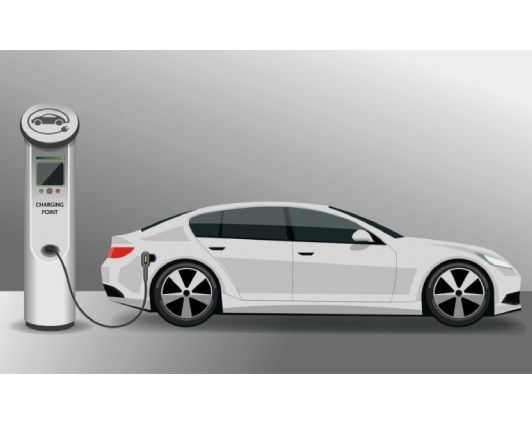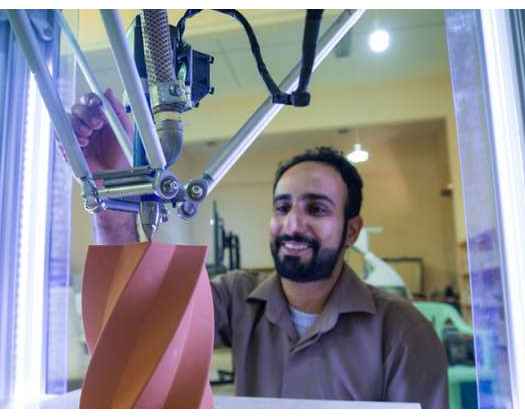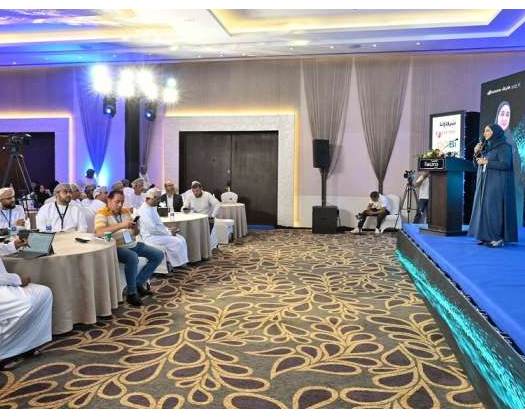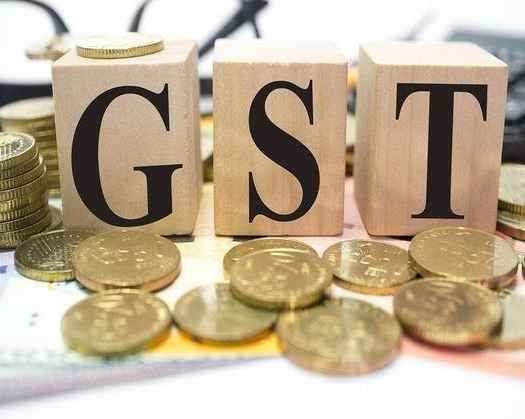Muscat: The Ministry of Transport, Communications, and Information Technology has recently introduced a specialized program aimed at reducing carbon emissions. This comprehensive program encompasses a range of projects and initiatives that will be implemented across various sectors, including transportation, communications, and information technology. These sectors are responsible for approximately 20% of Oman's total carbon emissions.
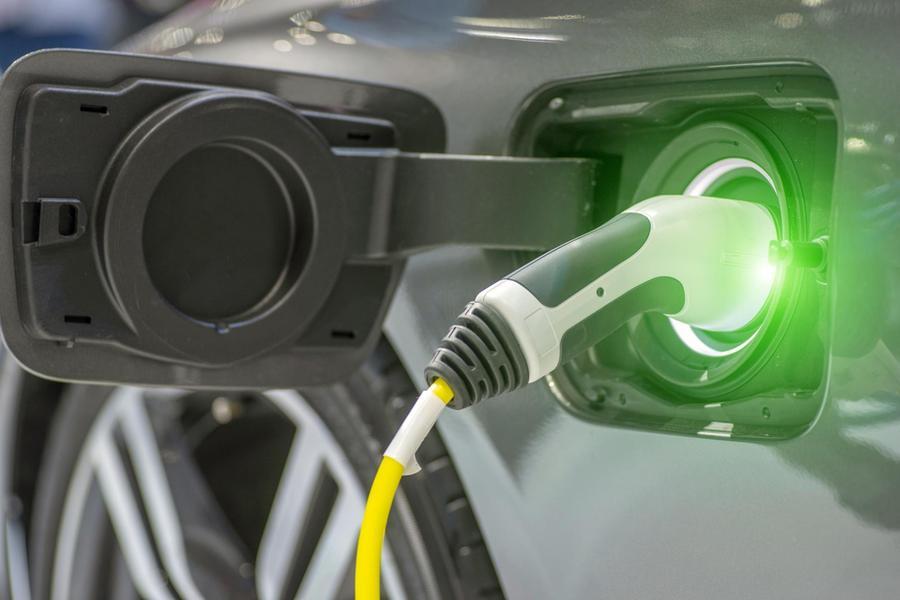
To achieve carbon neutrality, the ministry has devised a three-phase plan. The first phase involves reducing carbon emissions by 3% by the year 2030. Subsequently, the second phase aims to cut down 34% of carbon emissions by 2040. Finally, the third and ultimate phase targets complete elimination of carbon emissions by 2050.
In the initial phase of the plan, the ministry aims to introduce 7,000 electric cars, which will account for 35% of all new light vehicles. Additionally, the ministry plans to reduce carbon emissions from heavy equipment by 40% through the utilization of dual combustion technology. It is worth noting that this innovative technology has been fully developed within Oman.
The ministry has outlined its intentions to incorporate biofuel into public transport vehicles and convert certain port equipment into eco-friendly devices powered by electricity.
During the second phase, the ministry aims to introduce 22,000 new electric cars by 2040, accounting for 65% of all new vehicles in Oman.
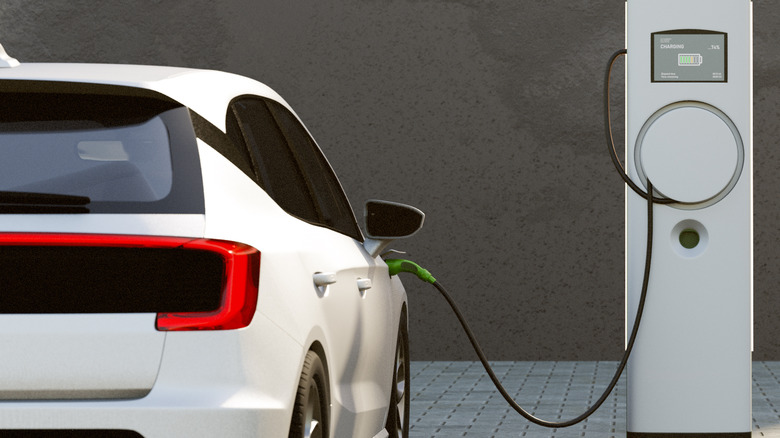
Furthermore, the ministry is actively formulating a strategy to restrict the operational lifespan of public transport vehicles, thereby promoting a significant decrease in carbon emissions.
Additionally, plans are underway to establish a regional center dedicated to refueling ships with environmentally friendly fuel, marking a significant advancement in the region.
The second phase also includes plans to enhance bus stations and buildings by installing solar panels, which will contribute to the overall reduction of emissions.
In the third phase, the ministry aims to achieve complete carbon neutrality for Oman by 2050 by implementing hydrogen or electricity technologies for trucks and heavy equipment, effectively reducing carbon emissions by 100%. To facilitate the transition towards electric vehicles, the ministry has collaborated extensively with private sector partners to enhance Oman's infrastructure. As part of their short-term plan, the ministry intends to install over 140 electric vehicle chargers by the end of 2023 and more than 350 chargers by 2026.
To ensure the effectiveness of these chargers, the ministry has mandated that any electric vehicle charger on public roads must have a minimum power capacity of 120 kilowatthour (kWh). Notably, fast chargers with a capacity of 120 kWh have already been installed at border posts, as per the ministry's directives.

